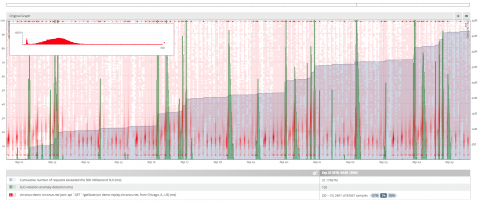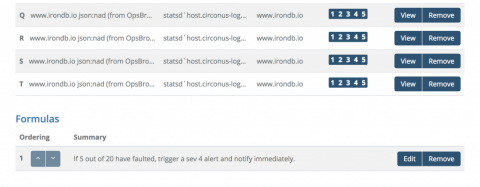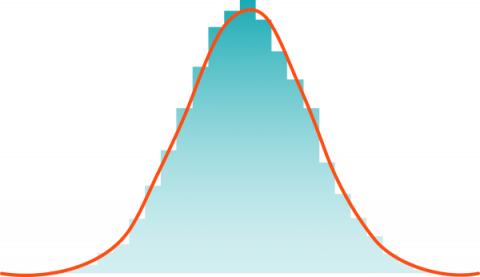A Guide to Service Level Objectives, Part 3: Quantifying Your SLOs
As we’ve discussed in part one and part two of this series, Service Level Objectives (SLOs) are essential performance indicators for organizations that want a real understanding of how their systems are performing. However, these indicators are driven by vast amounts of raw data and information. That being said, how do we make sense of it all and quantify our SLOs? Let’s take a look.




